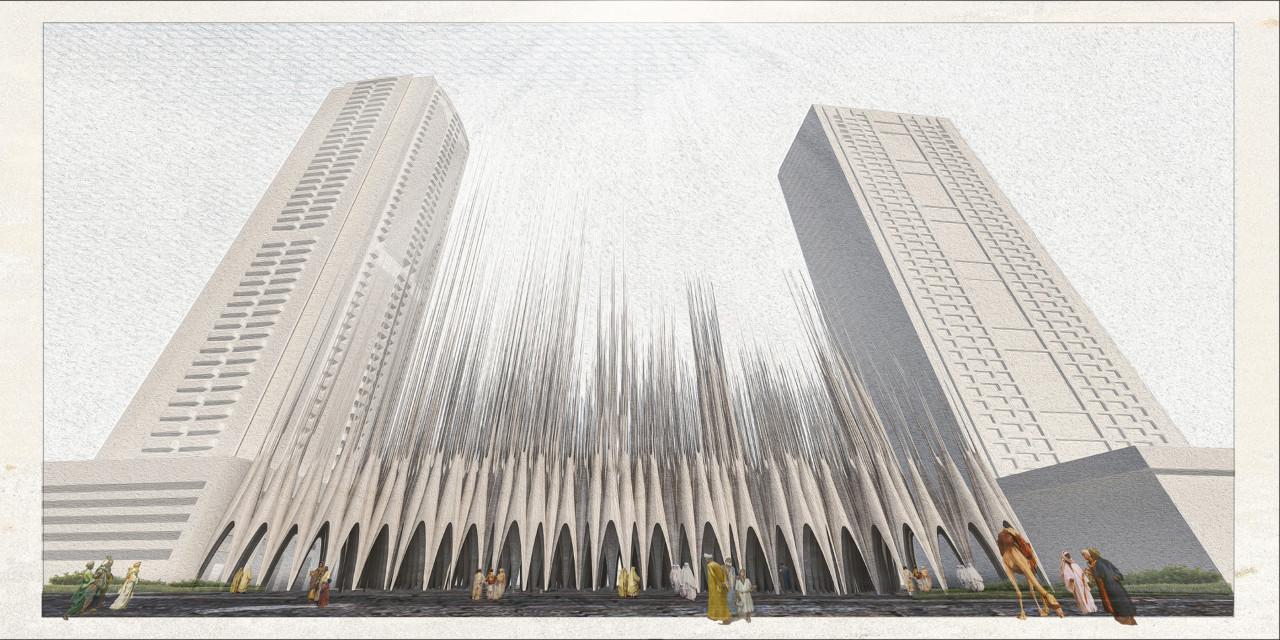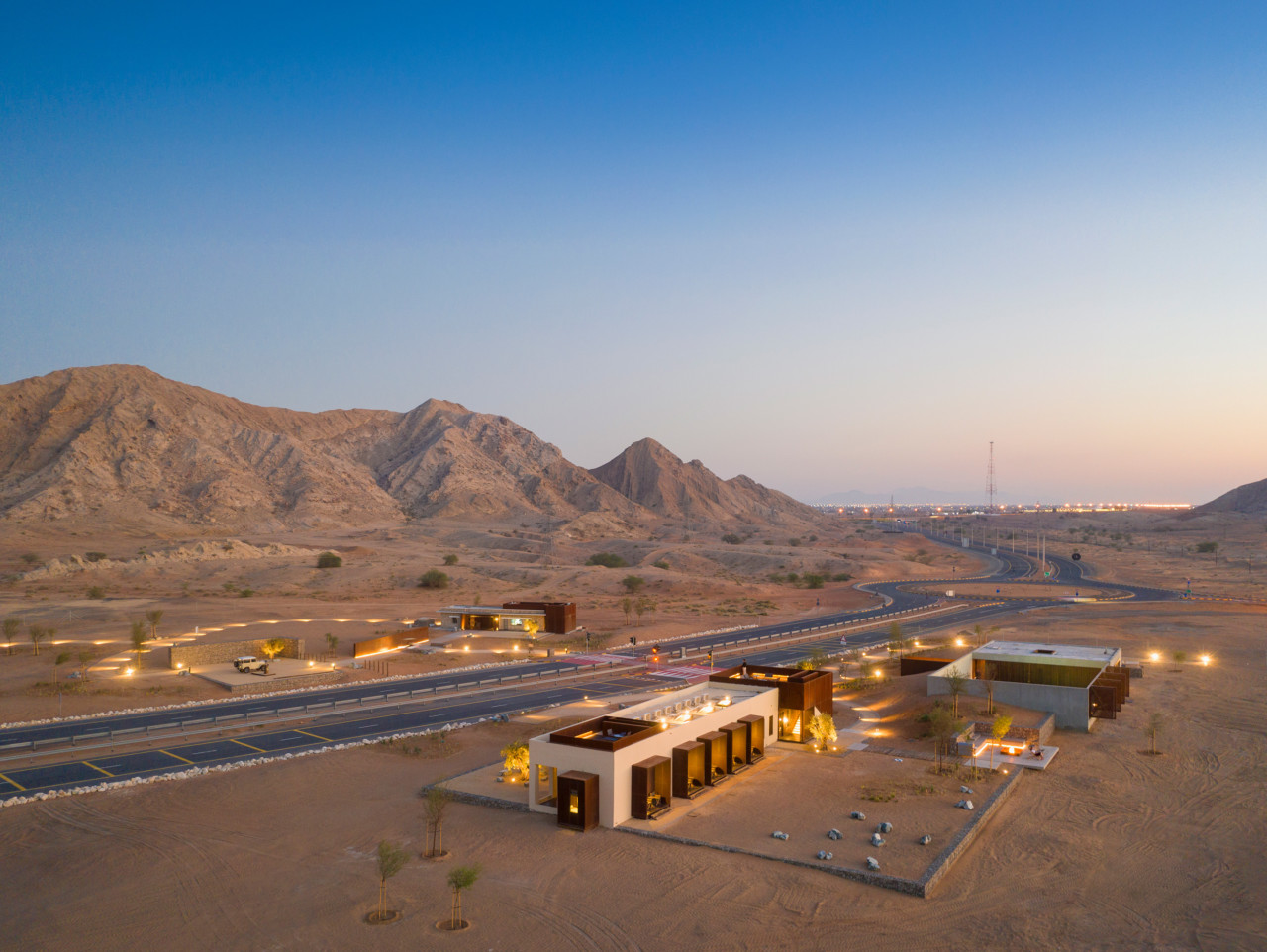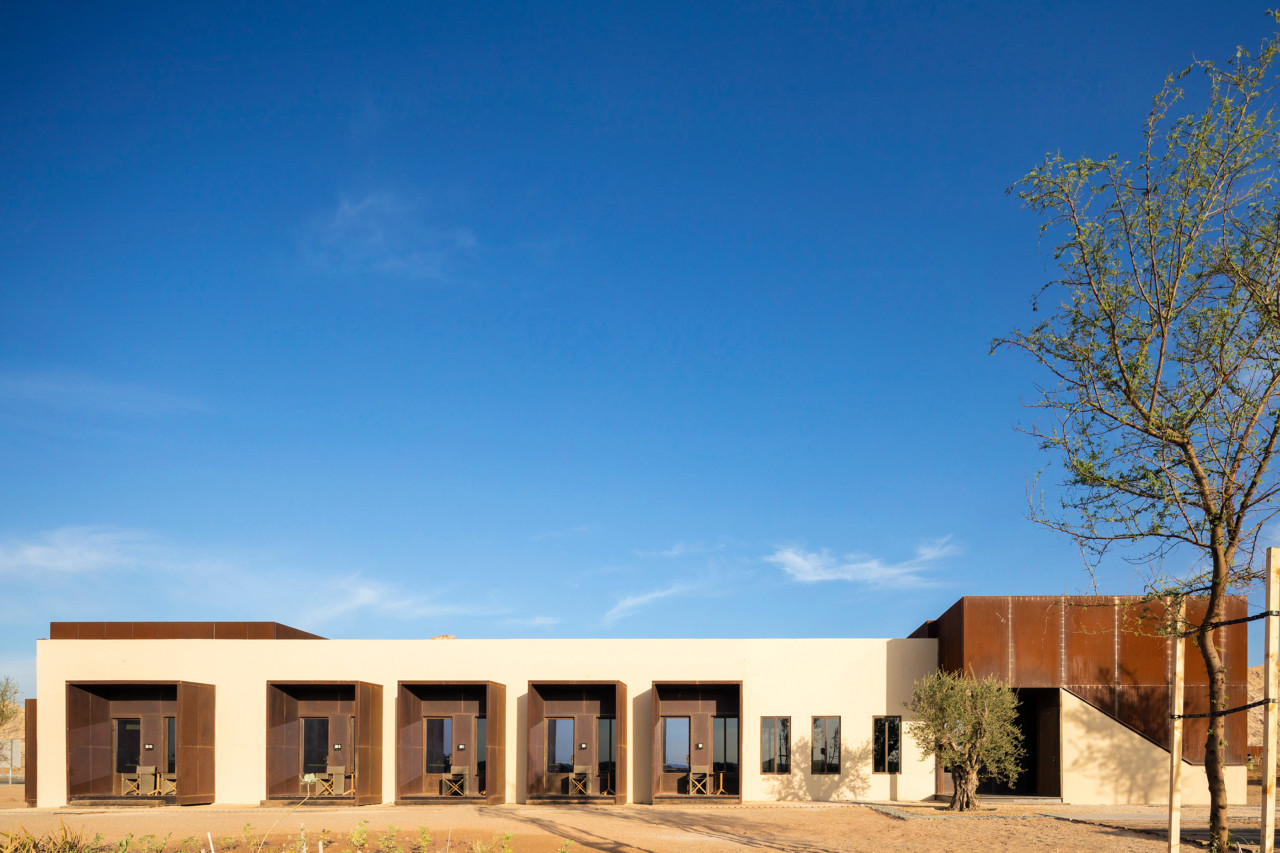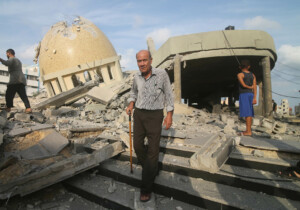Dubai’s breakneck development over the last three decades has been a race toward the superlative. The world’s tallest building, the largest indoor ski slope, the world’s largest mall. As it has become one of the wealthiest cities in the world, Dubai has been a playground for many things, not least of all for architecture, much of which was made possible by ground-breaking engineering and design achievements. The city’s first Architecture Festival is exploring what the crop of young and emerging architects in the region are concerning themselves within that context.
The Royal Institute of British Architects Gulf Chapter mounted the festival in partnership with its landlords, the Dubai Design District or d3, a commercial development and creative hub that has drawn some of the most important design and architecture firms in the region. Dubai Design Week is also hosted by d3, at the edge of which this year lies the inaugural Architecture Festival until the annual event gains enough momentum to spin off on its own, said a d3 spokesperson.
“Architects have the skills to craft beautiful spaces that can be sustainable and innovative as Gulf countries look forward to how the future could be,” said RIBA Gulf Chapter Chair Andy Shaw.
If the future could be a reflection of the region’s residents, it will need to have a lot of different looks, particularly in Dubai, where more than 80 percent of residents are expats. Indeed, the festival is working under the theme “Identity, Context and Placemaking in the Gulf.” While these conversations have never been more a part of the discourse in creative fields, watching them take place in a metropolis known for redrawing the borders of excess is engrossing.
On the heels of the Sharjah Architecture Triennial earlier this year in the eponymous neighboring Emirate, Dubai will have, for the first time, a formalized platform to communicate what we may be able to expect from emerging architects in the region.
Juan Roldan, associate professor in the College of Architecture, Art & Design at the American University of Sharjah and the festival’s curator, sees a shift away from the iconic buildings the region is known for: “The festival depicts a very interesting ecosystem of medium, and even very small-scale buildings that are dealing in a very sensitive manner with the heritage and also with the landscape of the region. Which is something that has been neglected just to benefit this vision of the urban as a vision for the future.”
Over the last ten years, he said, a new architectural moment has emerged in the region. High-quality work with a deeper understanding of the Gulf’s historical context has become part of the region’s cultural and social fabric. Out of the 150 entries received for the festival’s open call, the jury of eight practitioners narrowed the final show list to 40 emerging architects, established firms, and students whose work is in some cases completed, in others theoretical.
“We wanted to really vindicate this new system of elements we are seeing and examine how schools of architecture look critically at what has happened in the past, in terms of heritage and new architecture, in terms of built environment in general, and appreciation of the landscape,” Roldan told me in a Zoom meeting. There is a clear intention in this exhibition, he added, to analyze who the stakeholders are and the conditions that have supported its emergence. “I think we are witnessing a shift in the approach to architectural design that has to do with the maturity of a generation of local architects in their 30s and 40s who have been trained here in the UAE, and in foreign architects who I believe have a deeper understanding and sensitivity to the heritage and the culture and the landscape.”
Some of these projects react to the desert or to certain heritage areas using a much smaller scale than has been typical of the region. Some of them deal with very basic questions of sustainability using thicker walls, less glass, a smaller carbon footprint.
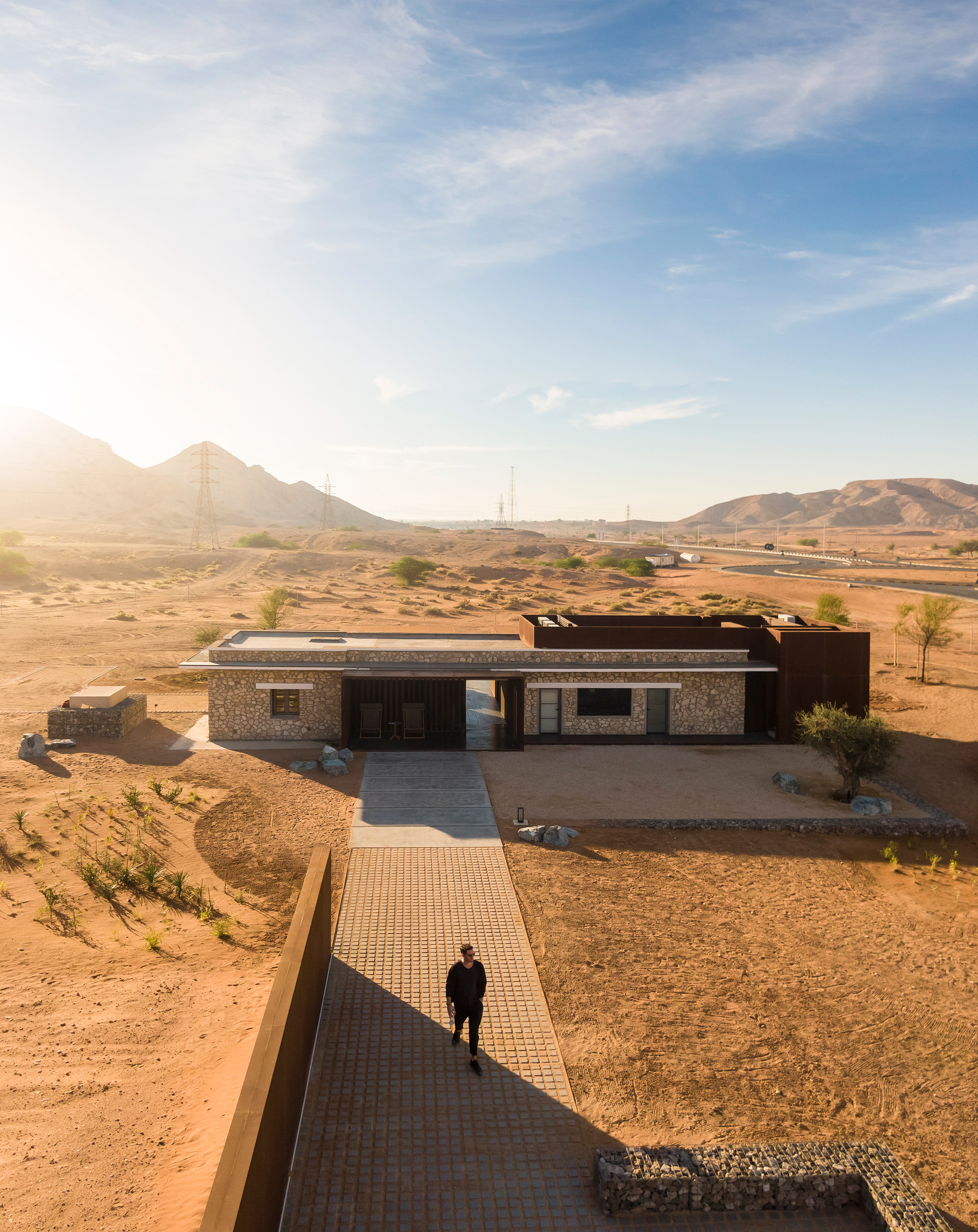
OMA’s Concrete, a multidisciplinary art space, is featured for its minimal approach with a volumetric presence that’s completely in tune with the boxy structures that make up the rest of Alserkal Avenue’s warehouse-cum-arts-district. Similarly, the Sharjah Art Foundation complex reinterprets Sharjah’s urban tissue, injecting art spaces into the old neglected courtyard houses that are icons of the emirate. With an awareness of the land itself, Wasit Wetland Center by X-architects harmonizes unconditionally with the surrounding landscape, becoming an amalgam of animal and human habitat.
Mariama M.M. Kah, a student at the American University of Sharjah, submitted an urban mosque concept. A simple open peaked structure, big enough for one person to comfortably worship in is replicated in several series, recalling the minarets of classical Islamic architecture and creating a larger space by grouping smaller spaces together, giving physical form to the doctrine of religious observance as both a personal and communal act. Al Faya Lodge – Desert Retreat and Spa by Anarchitect, completed earlier this year north of Dubai, repurposes a clinic and grocery store into a contemporary boutique lodge and spa. The site-responsive project considers desert conditions and exposure to the elements with locally sourced stone and concrete, a heavy thermal mass to mitigate extreme temperature fluctuations, and contextual materials like Corten steel referencing the historical presence of iron in the region.
Creating a festival to celebrate the diversity of architecture in the region, a spokesman for the Dubai Architecture Festival said, is important if we want to steer the industry towards a more sustainable future. A conversation series as part of the festival will invite architects and the public, but also clients “I wanted to be sure to have clients who can tell us their story about why they are choosing a young architect or an emerging practice to do these buildings here,” said Roldan. “We want to make connections with entities, both public and private, who are really believing in and pushing for architecture that adds value for the economy, society, and the built environment.”
He attributed this new sensitivity in younger generations to place and identity in the emerging architecture scene to younger clients who want to see that become part of contemporary architecture, and to the 2008 financial crisis, which got people thinking about how to do more with less, and to do it with imagination. “The market is saturated with these older models responsible for our iconic buildings. The examples in the festival are a good look at how architecture is working in the region.”
Though its run is only three days, the Architecture Festival suggests an ambition. It can sometimes be difficult to get people to talk about architecture and design, but Roldan seems to believe public perception is changing, and the impact design can have on our urban experience is becoming more appreciated. The exhibition shows a greater awareness of how people live in cities and that government entities may be more willing to adapt construction practices and the urban landscape to make it more specific to users.
“I think people will be able to see a trend in these last few years and how it will be moving into the future, and I think we are able to give a good example of how that care for the details can spread throughout the urban realm.”
The Dubai Architecture Festival runs November 11 through 13 in Dubai, United Arab Emirates.






